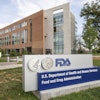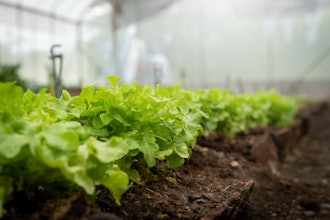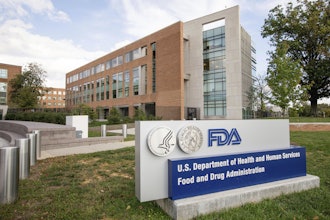
Foodborne illness causes an estimated loss of $77 billion annually in the U.S. alone, and the primary cause is pathogens in food products. Additionally, a study in 2014 estimated that campylobacter contamination in poultry cost 900 million pounds in loss and illness to the UK economy.
These incidents demonstrate why testing is vital for the foodservice industry, especially in the midst of a public health crisis. Being able to cost-effectively detect agents of concern like listeria, campylobacter, and salmonella within 30 minutes of sample collection allows for real-time monitoring of the product throughout its lifecycle to prevent a recall of inventory and ill effects to consumers.
Ensuring quality and hygiene at food production facilities, including food processors and commercial kitchens, is key for any business to maintain its competitive edge. One way quality products are maintained is through regular environmental testing at facilities for potentially dangerous foodborne pathogens. Regular environmental monitoring is a key part of any quality system for food production facilities and is one of the key items that regulatory agencies look at to ensure a business is operating in a manner that ensures safe food production.
Portable platforms allow users to perform smart sampling of their products, i.e., measuring specific parameters or contaminants to check for deviations from a set standard or threshold. Miniaturization of technology and consolidating the lab to a more portable footprint open up opportunities to screen for a specific product profile from raw material reception to other downstream stages of the food production process. Having a system that conducts tests from pathogen screening to measuring mineral content allows for this tool be used by not only food producers and material buyers but also by food inspectors and regulatory authorities that seek to assess quality and safety of products.
Pathogen testing in the form of environmental surveillance at food production facilities today is focused on single point-in-time checks that give businesses only a limited understanding of where potential contamination may be coming from. These point-in-time checks may meet regulatory requirements but do not give business the advantage of understanding the potential source of contamination and how best to mitigate it in a cost-effective way. By utilizing new multimodal point-of-use testing systems, businesses can now conduct more regular environmental testing – e.g., on a daily basis – allowing for clear temporal data to understand when and where potential sources of contamination may come from.
These multimodal testing systems allow facility managers, supervisors, and trained operators the ability to run sophisticated laboratory tests in a simple and easy to use manner. Environmental swabs or select food samples can be collected as prescribed by the facility’s environmental monitoring plan and quickly run on the analyzer on-site in the food processing facility with results of pathogen detection such as Salmonella in 40 minutes after enrichment.
The testing platform is an automated-sample-to-answer system with minimal hands-on time. It’s a multimodal system and conducts pathogen detection on environmental swabs using polymerase chain reaction (PCR) based tests, the gold standard of pathogen detection. Daily rapid testing will allow facilities the ability to understand how and where contamination occurs – such as understanding if it comes from regular raw material handling, or one-off incidents from new untrained personal. This type of insight will allow production facilities the ability to have more effective corrective actions and ensure a higher quality and safer product for consumers.
This type of testing, which has never been available to the industry until now at the given level of convenience, can dramatically increase a business’s competitive edge by ensuring the highest quality product and consumer safety while improving its cost structures. Additionally, costly failed regulatory inspection which result in recalls or citations can now be avoided by using a robust environmental monitoring procedure which was once only available to the largest of food producers. Now even small restaurant operations can have the opportunity to ensure that their food preparation areas are free and clear of potentially harmfully contaminates.
Tej Patel is President and Cofounder of Fluxergy, which started 10 years ago with a vision to democratize the world of laboratory testing, by making testing more accessible and affordable. Fluxergy’s platform technology enables us to understand our world and our health in ways that were never possible before. Fluxergy is developing a platform with multimodal detection technologies which bring the variety of tests found in the central lab to the palm of your hand.























